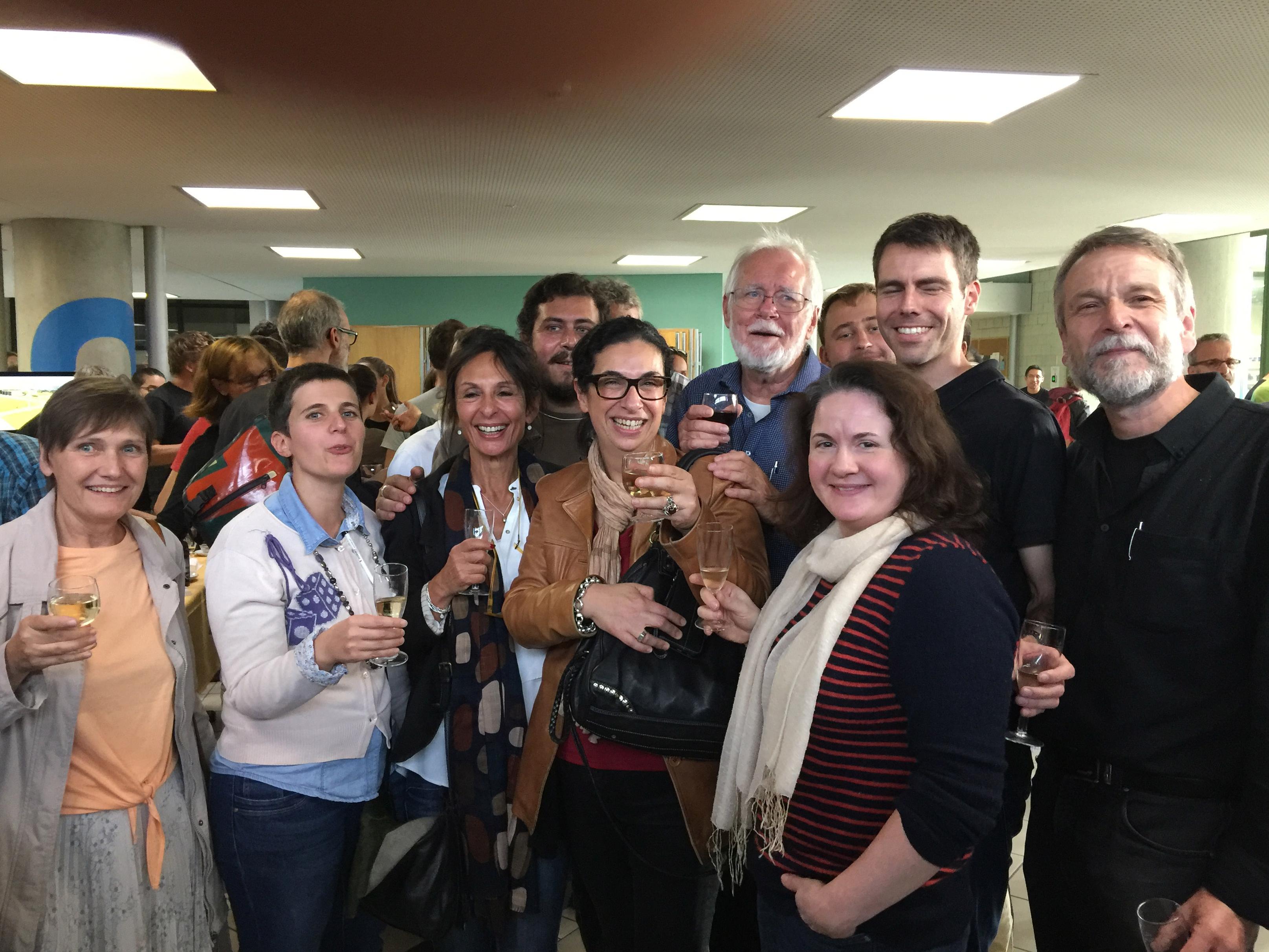English Français
Nobel Prize for Jacques Dubochet
Cryo-Electron Microscopy the Method to Discover the Atomic Structure of Life

It is a great honour for the University of Lausanne, the Faculty of Biology and Medicine and certainly also for our Lab the Facility of Electron Microscopy that a Swiss Electron Microscopist is among the 3 awardees of the Nobel Prize in Chemistry 2017.
In a publication of the New York Academy of Sciences in 1960 Prof. Fernandez-Moran was postulating amorphous or vitrified water but it took more than 20 years before Prof. Jacques Dubochet and his co-worker Dr. Alistair McDowall of the Heidelberg team could demonstrate and prove the vitrification of water. His fundamental work was a quantum leap in visualising biology in its native aqueous surrounding at atomic resolution.
His achievement and that of the co-awardees Prof. Joachim Frank and Prof. Richard Henderson also prove how important to this day of today research in technology development is for Biology and Medicine.
I know Jacques as a competitor when I was doing my PhD with Prof. Hans Moor, the inventor of freeze-etching and high-pressure freezing, and Dr. Martin Müller, who was instrumental in cryoSEM high-pressure freezing and freeze-substitution, but also as a friendly and inspiring advisor, teacher and colleague, especially in the time of the 3DEM network of excellence. Professor Dubochet is also one of the pioneers of cryosectioning of high pressure frozen vitreous material, CEMOVIS, which is the foundation for investigating biomolecules at atomic resolution in tissues and cells.
Jacques thank you for what you did for Science and for the constant support and encouragement we are getting from you.
Bruno M. Humbel and Team
Electron Microscopy Facility